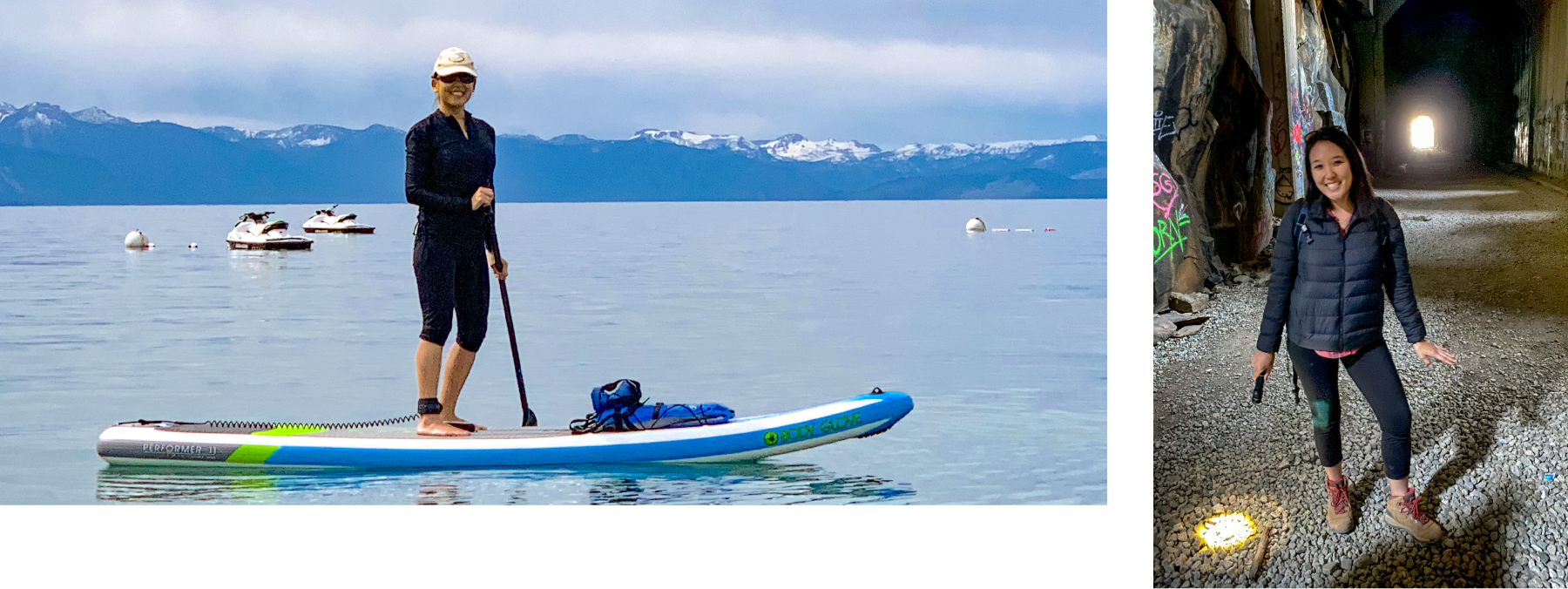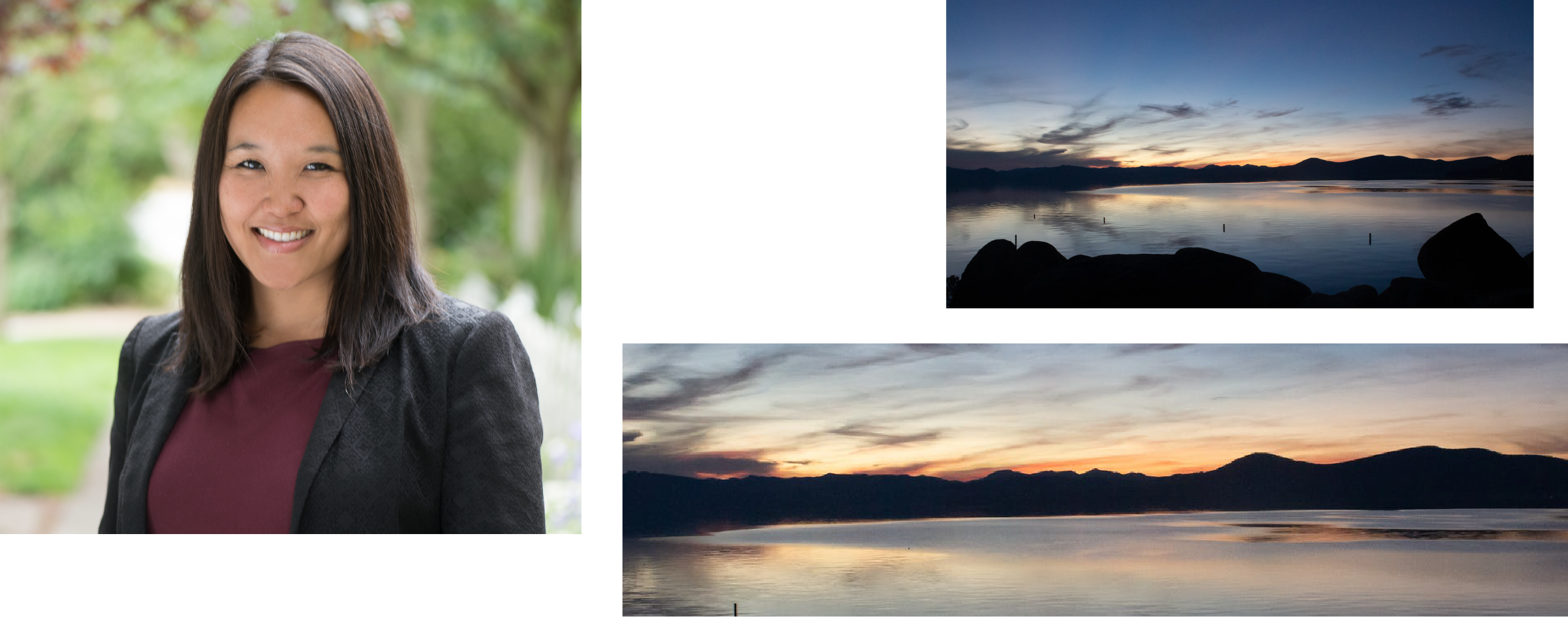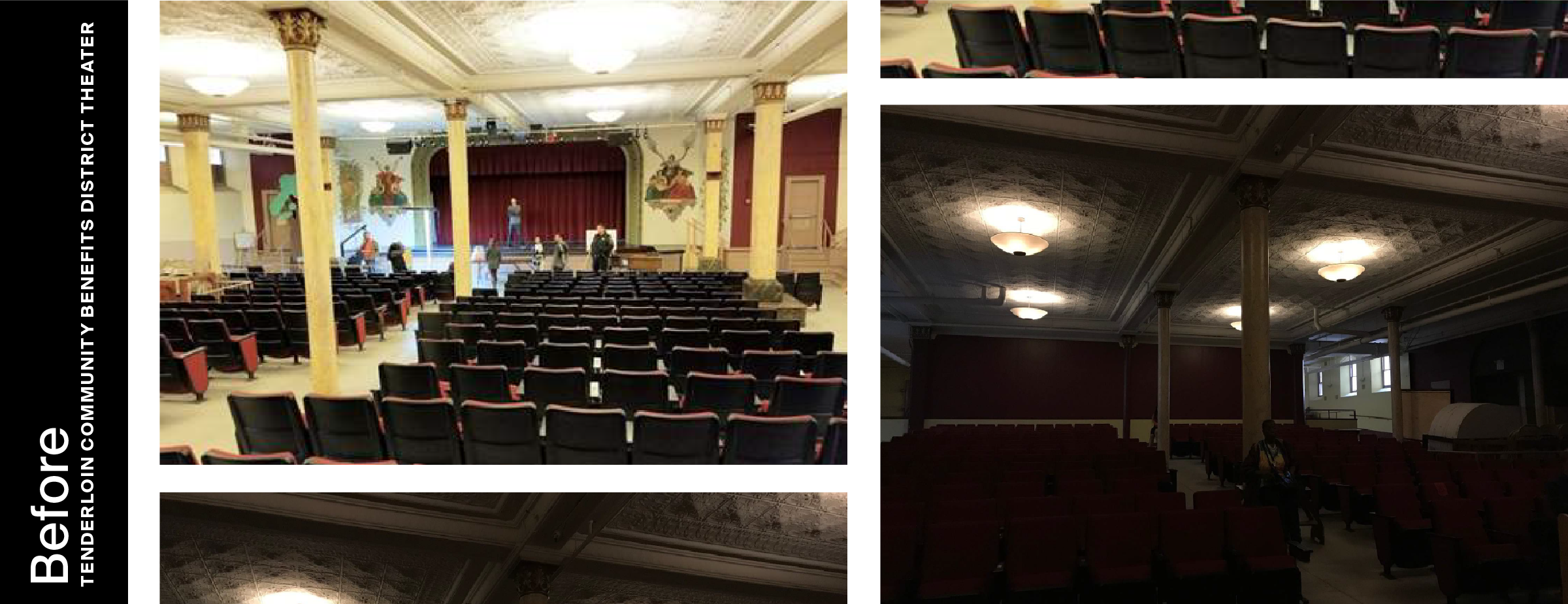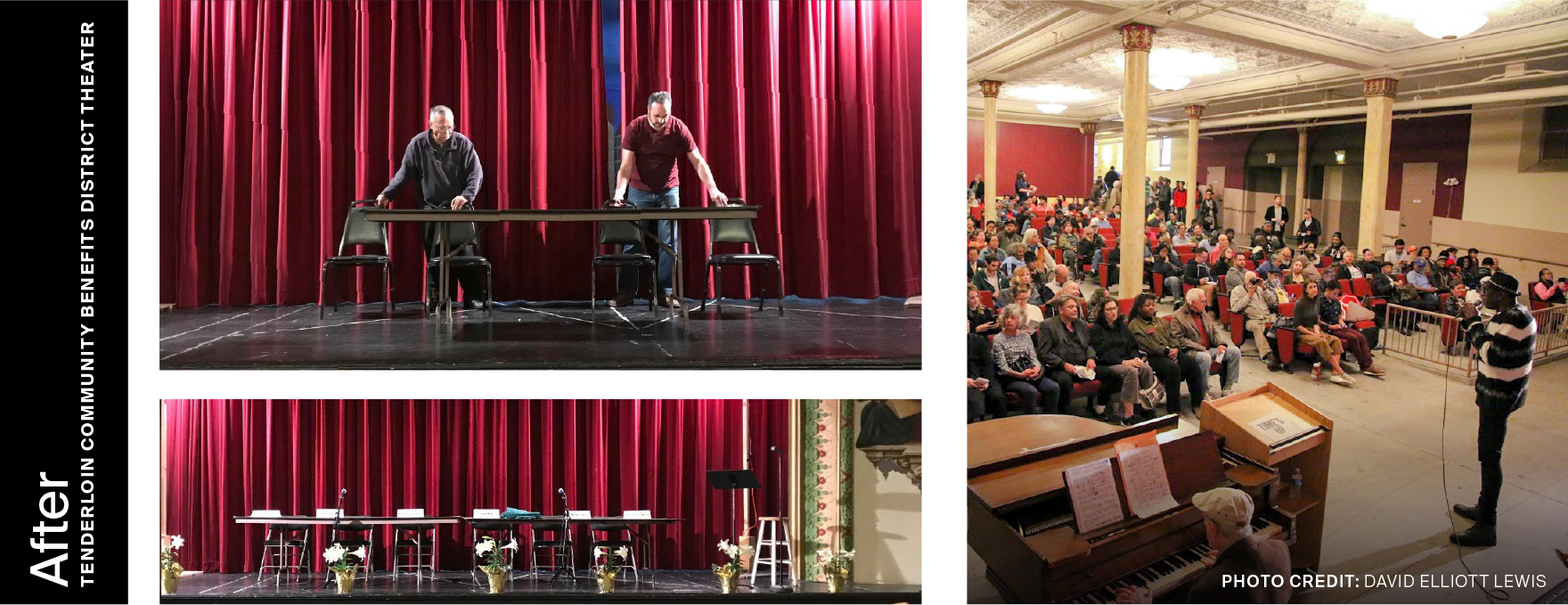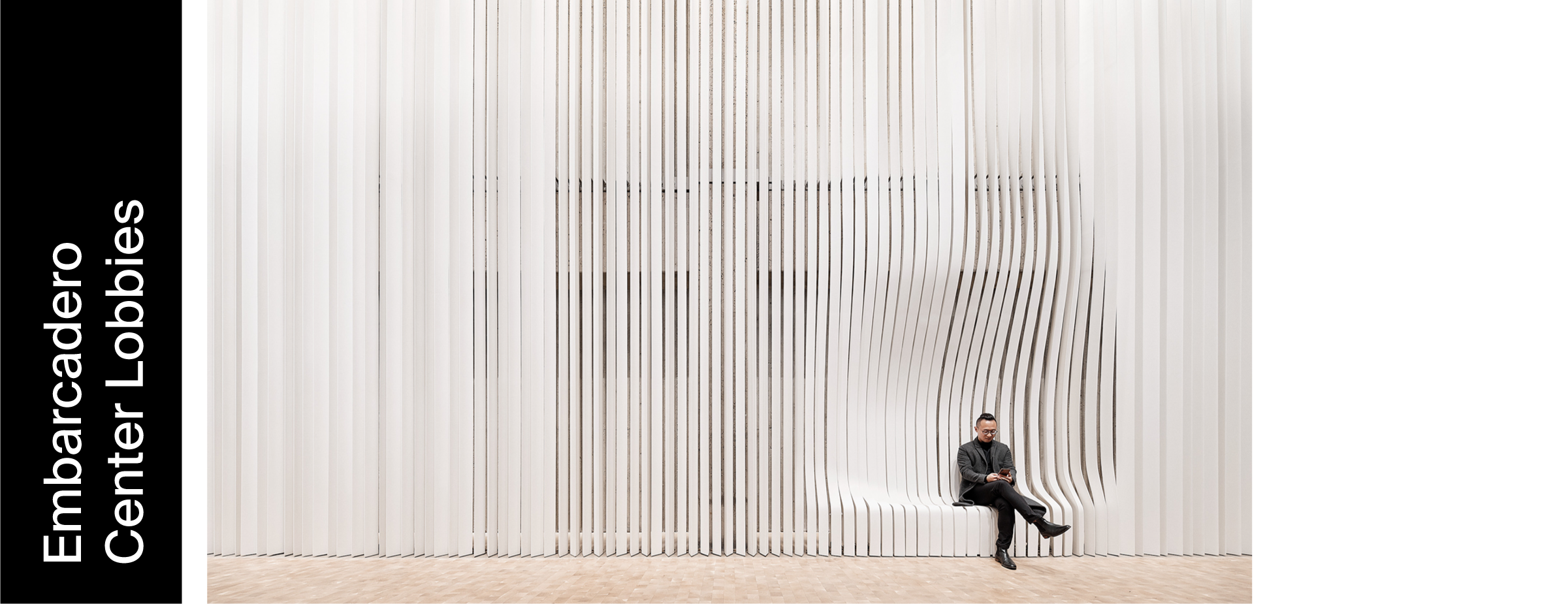How did you begin your lighting design career?
My training in lighting began very early on with undergrad lighting courses and an internship at UC Davis’ California Lighting Technology Center. My design degree emphasis was in Interior Architecture, but I found the lighting component the most interesting because it has a direct visual impact on architecture and the environment. I wanted to pursue lighting because it offered many different avenues – lighting design, product design, lighting controls, technology, circadian biology, human factors, energy efficiency and sustainability.
I ended up going to graduate school at RPI in New York to get a Masters in Lighting and focused on both circadian lighting and lighting design. Since then I’ve worked as a lighting designer in the San Francisco Bay Area with a brief year in London in between. It was a unique opportunity to gain exposure to different perspectives overseas, but ultimately chose to come back home to sunny California.
What’s something you’ve been thinking about in regards to lighting recently?
I have been thinking about color tuning lighting! Or tunable white, or color changing, or dim to warm depending on who you are talking to and the specific application. I look forward to seeing what direction this technology will go now that many people are spending more time at home where they likely have more individual control over their light exposure during the day and night. Also, now that people are encouraged to do more activities outdoors, I hope they will naturally have more exposure to daylight which is arguably the best quality light source.
What do you do when you’re stuck on a problem?
I love swimming. I grew up swimming on teams in Northern California, and I try to drop by a pool for lap swim or a Master’s swim practice when I am stuck on a problem. Pre-COVID, it was very easy to find a pool or large body of water for swimming almost anywhere. My favorite indoor pool of all time is the Olympic Park swimming pool in Munich, Germany, and outdoors it’s a tie between Hawaii and Lake Tahoe. I’d like to think I come up with my best design ideas when I’m swimming. I may be swimming slower with age, but I want to believe I’m coming up with solutions more quickly!
What makes working here unique?
Being surrounded by incredibly smart and creative people on a daily basis is one of the best things about working at Luma. Another very important matter to me is representing minority women in a positive light (no pun intended). I am the only woman, and the only non-white person in the Luma management group and I am very conscious of this. I try to be mindful in small day-to-day actions to find ways people I work with can have a voice by having them attend meetings, be actively involved in design process, having face time with clients (virtually these days), and taking time to listen to opinions. Many people underestimate how much providing small opportunities can have a big impact on someone’s experience both in work and life.
Do you have a favorite project you’ve worked on?
The people I work with are more important than the project itself. This includes both internal people at Luma and PAE as well as our clients. I’ve found that if you work with people that are curious and collaborative, and who keep an open line of communication, the project is rewarding no matter what it is.
Luma has so many wonderful clients I am afraid to list for fear of leaving someone out, but two recent examples are the Embarcadero Center Lobbies and the Tenderloin Community Benefit District.
For the Embarcadero Center Lobbies, which was even covered by Architectural Record this summer, our team worked closely together to perform scale mock-ups of fixture mounting details as well as considered how to create a smooth transition between light and dark contrasting materials. It was a great opportunity to work on this space that I had visited many times during excursions to San Francisco when I was growing up in the Bay Area.
For Tenderloin Community Benefit District, the team faced a few challenges in lighting a dark theater, which ended up being a fun exercise that showed the small changes in lighting can make a big difference.
- 1
- 2
- 3
- 4
- 5
- 6

